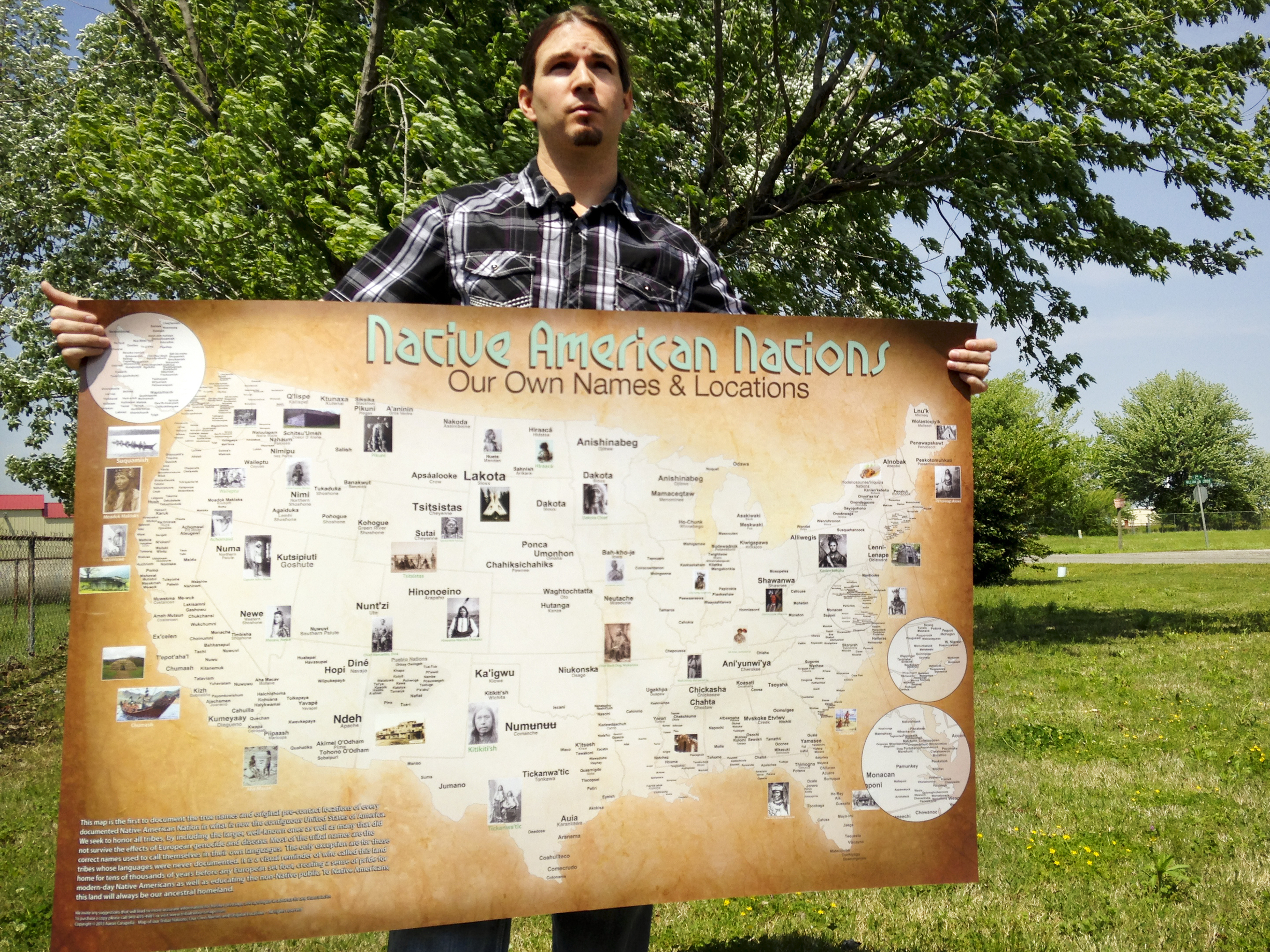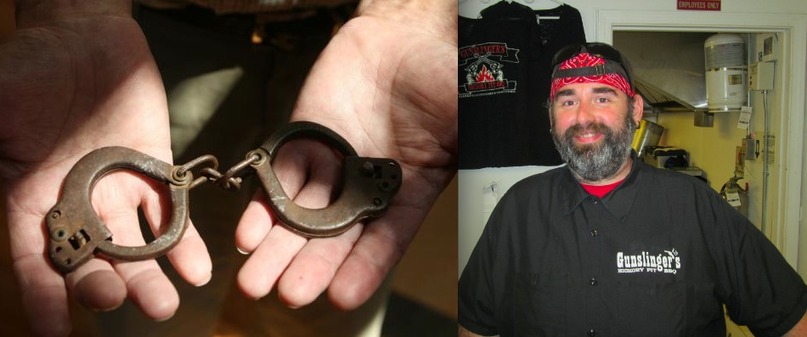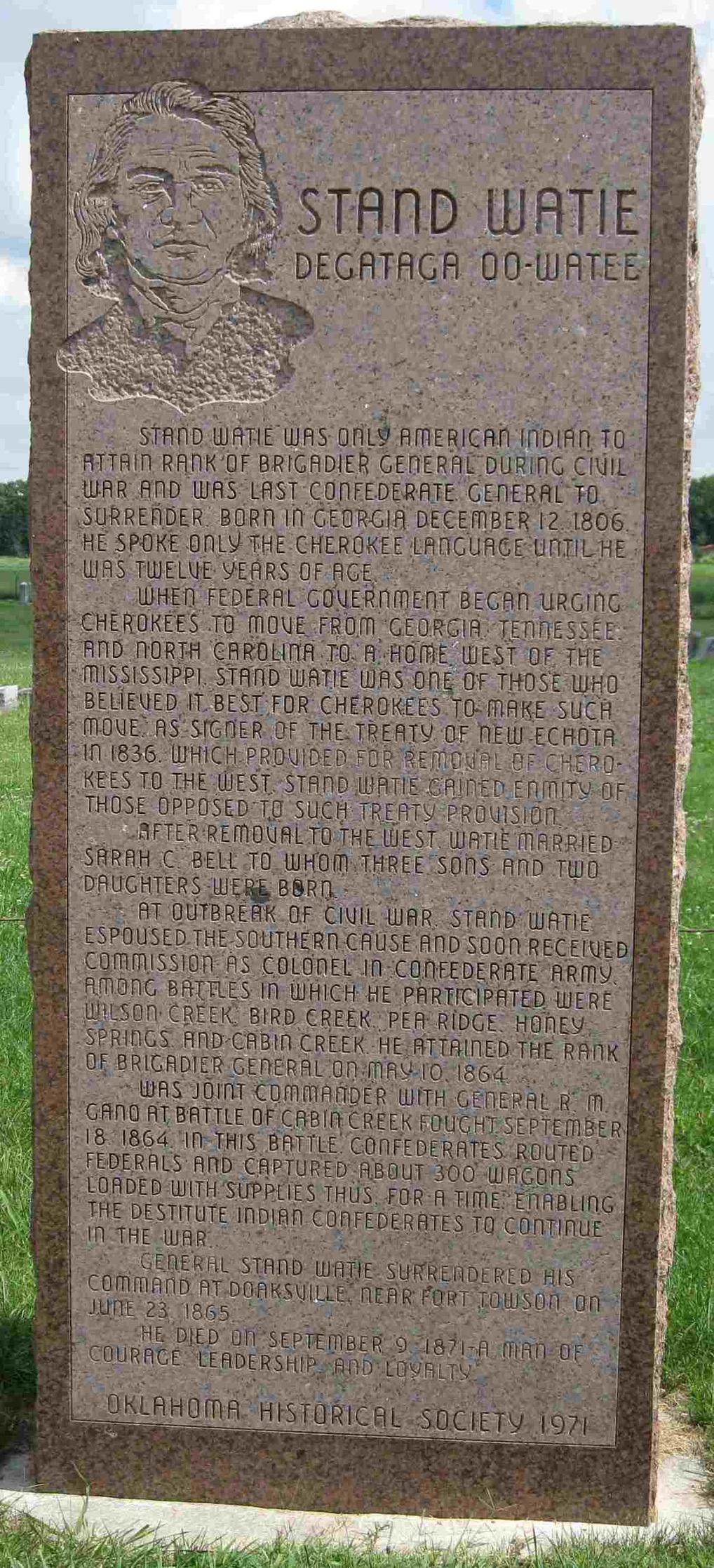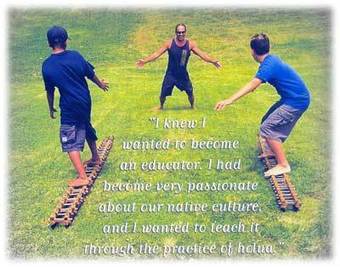8 Big Lies History Books Tell About Natives

Do history books written by white folks tell the truth about Native Americans? We think not. Here are just some of the lies they tell.
Source: indiancountrytodaymedianetwork.com
Read moreEverything Amerindian

Do history books written by white folks tell the truth about Native Americans? We think not. Here are just some of the lies they tell.
Source: indiancountrytodaymedianetwork.com
Read more
 Aaron Carapella, a self-taught mapmaker in Warner, Okla., has pinpointed the locations and original names of hundreds of American Indian nations before their first contact with Europeans. As a teenager, Carapella says he could never get his hands on a continental U.S. map like this, depicting mor…
Aaron Carapella, a self-taught mapmaker in Warner, Okla., has pinpointed the locations and original names of hundreds of American Indian nations before their first contact with Europeans. As a teenager, Carapella says he could never get his hands on a continental U.S. map like this, depicting mor…

 “the history of Indian boarding schools needs to be brought to the forefront of our collective consciousness in the United States” Click through to read more.
“the history of Indian boarding schools needs to be brought to the forefront of our collective consciousness in the United States” Click through to read more.

 Google’s approach to email
Google’s approach to email

 The Board ruled that the name was “disparaging to Native Americans” and could not receive trademarks under federal law.
The Board ruled that the name was “disparaging to Native Americans” and could not receive trademarks under federal law.

 Native Hawaiian founds Hawaiian Boarding Company
Native Hawaiian founds Hawaiian Boarding Company

Congress is said to be looking at a bill to make the North American Bison the official national mammal of the United States. Four members of the Senate have sponsored the advancement of the bill al…
Read more
See on Scoop.it – 500 Nations Ely Samuel Parker (1828 – August 31, 1895), (born Hasanoanda, later known as Donehogawa) was a Seneca attorney, engineer, and tribal diplomat. He was commissioned a lieutenant colonel during the American Civil War, when he served as adjutant to General Ulysses S. Grant. He wrote the final draft of the Confederate surrender terms
Read more
See on Scoop.it – 500 Nations Between 1775 and 1782 a smallpox epidemic swept through North America, shaping the course of the American Revolution and decimating native communities across the continent. A research and teaching tool, Pox Americana allows users to watch the epidemic unfold and read the accounts of those who witnessed (and survived) its devastating effects. The seed data
Read more
See on Scoop.it – 500 Nations When Hernando de Soto carved his way through the Southeast in the 1540s, there were some eight million Native Americans living in North America. By 1900, the population had fallen by more than 95%. For every twenty American Indians alive in 1500, there was only a single survivor four hundred years later. In
Read more